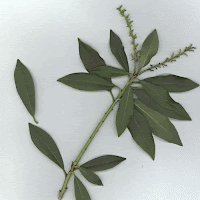The History of Gardens
by Christopher Thacker is a classic resource for learning about garden
history. It is published by University
of California Press, Berkeley and Los Angeles (reprinted in 1997). Dr. Thacker
traces three thousand years of garden history, from Eden and natural places; to
Chinese, Japanese, and Islamic gardens; to European formal and naturalistic
gardens; to modern gardens.
We used this book as a text in the History of Gardening
class I attended at Merritt College in Oakland. Our instructor guided us
through its pages, and brought the book to life with stimulating discussions. We
learned about paradise gardens, garden symbolism, utilitarian gardens, walled gardens,
royal and status gardens, hydraulics in the garden, botanical gardens, plant discoveries,
private gardens, and eclectic gardens. The book is well illustrated with photos,
drawings, and pictures that reinforce its concepts and illustrate its ideas.
I was especially interested to see how garden design is influenced
by the social and political thought of the day; as well as discoveries and technology.
Some of these ideas have been foundational as I pursue my own discovery of gardening
and gardens in the San Francisco Bay Area. There is much more at play than simply
an individual garden. If you are interested in learning more about garden history,
this is a great place to start.



























